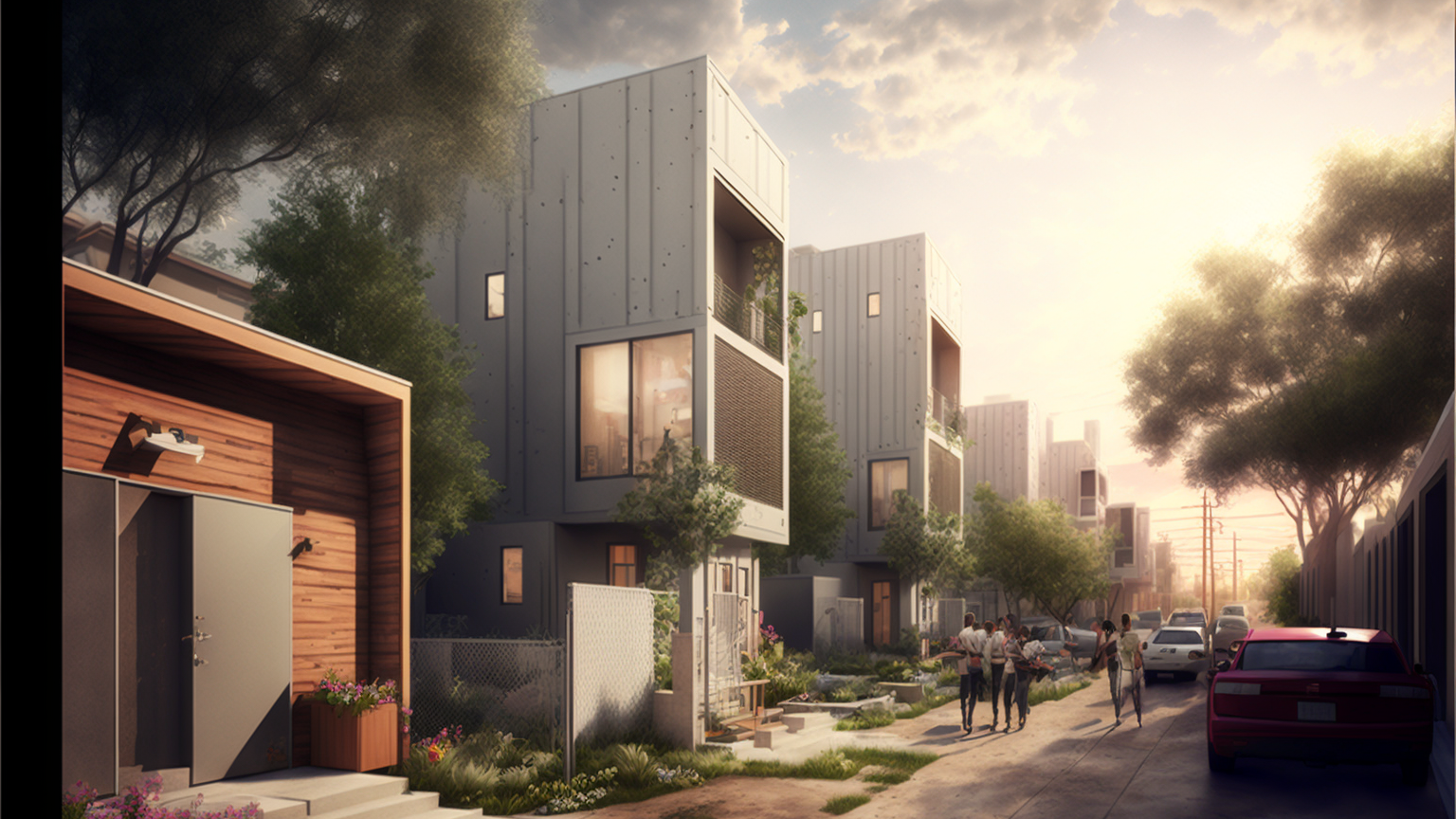JOURNAL

Compact Lot Subdivisions
When it comes to land use policy in Los Angeles in general and zoning rules in specific, I could write a novel about the many ways it hampers thoughtful development. In many ways, the constraints of our zoning code keep us from developing right-sized solutions to many of our most pressing urban problems. The ills of modern zoning are not specific to Los Angeles, but in the most populous county in the most populous state in the nation, its shortcomings are readily apparent.
Ever changing, though, Los Angeles has been the testing ground for a number of new initiatives that take aim at many of the elements in the zoning code that limit building sensible, quality housing at density. Unincorporated L.A. County recently enacted one such ordinance: the Compact Lot Subdivision Ordinance.
Passed in late 2020 with little fanfare or much attention, the Compact Lot Ordinance (CLO) has the potential to significantly help address the missing middle housing problem in L.A. County. In short, what this ordinance does is significantly reduce the minimum lot size required to create a legal lot on certain infill parcels in unincorporated areas of Los Angeles County. These lots could then be built up to the density allowed in the underlying zone, but because of their small size, the presumption is that each lot would fit only one single-family dwelling. Given other recent state laws regarding ADUs, however, a thoughtful subdivision could potentially fit up to three units per lot.
For those readers familiar with the City of L.A.’s Small Lot Ordinance, the County’s version is similar in intent but has its own set of underlying guidelines and restrictions. Small Lot projects have been around in the City of L.A. for over 15 years now, and in that time they have picked up significant popularity and acceptance. You can find such a development in almost every neighborhood in the city at this point, although they are typically more likely in higher-priced areas. Like Small Lot projects, the CLO allows for the creation of fee-simple lots that are much smaller than the typically prescribed 5,000 sf minimum. Allowing for lots as small as 1,200 sf in some cases, CLO provides an avenue for developing new homes that are attainably priced, both for sale and for rent.
After going through the CLO process, each unit created lives on its own legally independent lot with its own Assessor’s Parcel Number. Similar to Small Lot projects in L.A. City, the individual owners must then adhere to a mutual maintenance agreement for shared amenities, such as walkways or landscaping. The resulting homes are neither condos nor townhomes; they are structurally independent homes on individual parcels.
CLO has a lot of potential, and one of its many advantages is that you can build more independent lots than traditional multifamily units in many cases. This is because CLO projects are allowed in R2 zoning districts as well as R3 and R4. Because of this, a thoughtful increase in density is attainable via the use of CLO on a broader swath of sites than would be allowed for traditional rental units. The process, however, is inherently complicated.
Subdivisions in California are usually not an easy feat, and CLO subdivisions are no different. To date, there has only been one project approved under CLO. Not to brag, but it happens to be our own. If you’re interested, see the project on our website here (and some nice press about it here and here). There is a high barrier to entry because of the technicality involved, but the results are worth it. On our Brannick project, for example, while the underlying zoning only allowed for three traditional multifamily units, we were able to create four units on independent lots through the use of CLO. In addition to this, sites for which CLO would be a good fit are typically priced as single family homes because CLO is so new: their “highest and best use” pricing does not reflect the true density the sites are able to accommodate. This means that the land basis for CLO projects can be remarkably low compared to more traditional multi-unit development projects.
There is a lot to be excited about with Compact Lot projects, not the least of which is the relative newness of the ordinance. We’ll share more about our own experience getting L.A. County’s first one approved in later posts, as well as more on how to get one going. In the meantime, though, if you have any questions or think your site could be a good candidate, reach out to us for a chat. We can assess your site for potential or just help connect you with the right consultants to get the process started.
